
Image

Image by Mark Marcuson, courtesy University of Nebraska State Museum
Image
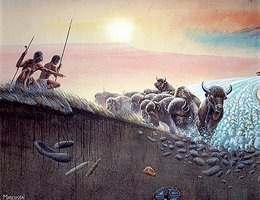
Image by Mark Marcuson, courtesy University of Nebraska State Museum, Nebraska Game and Parks Commisssion GP-PAL003-KB0004_02
Image
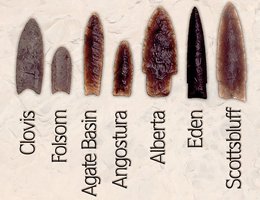
Courtesy Nebraska Game and Parks Commission, ARCH02_KB0003_02
Image
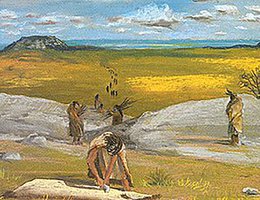
Image by Linda Miegs. Courtesy Nebraska Game and Parks Commission
Image

Courtesy Nebraska Game and Parks Commission,ARCH02 KB0022 01
Image
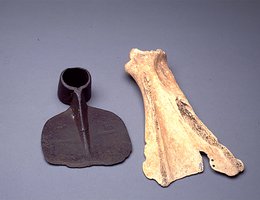
Courtesy Nebraska Game and Parks Commission, GP-ARCH02_KB0016_02
Image

Aerial view taken by Smithsonian Institution, 1952.Courtesy Nebraska State Historical Society, 398F11
Image
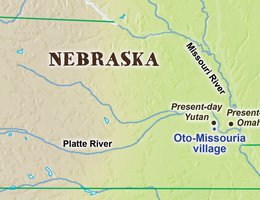
NET Learning Services